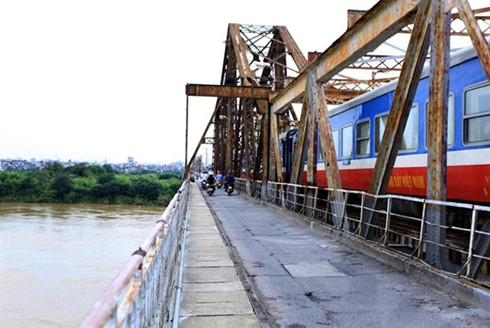Railways lag behind in Vietnam
Thứ Năm, 02/02/2017, 08:57
The decline of the railway’s popularity in Vietnam is not new: back in 2010, the European Union labelled rail transport as the country’s “least relevant” mode of transport.
The issue was recently brought into sharp focus after Transport Minister Truong Quang Nghia claimed the booming air transport industry had "scooped up" all the customers of other modes of transportation, especially of the railway.
However, the reason that rail use lags behind other forms of transportation in Vietnam has more to do with weak infrastructure of the rail system, high overhead, expensive fares and loss of competitive edge.Dao Thanh Nga from Thanh Hoa central province worked as an accountant in Hanoi and had to travel regularly to Dong Hoi City in Quang Binh central province – her husband’s hometown.
“In train stations, direction signs have been erected, carriage entrances and exits are on the same level as the station, making things easier. (Trains offer) clean beds, helpful staff, nice food catering services, and on-time departures and arrival. The whole journey takes nine and a-half hours. Train travel has really improved, shedding its ‘outdated’ clothes,” Nga told VietnamPlus e-newspaper.
However, those improvements are not sufficient to keep customers like Nga, who now prefers affordable flights that offer the same service quality but shorter travel time: flight plus airport procedures take just under four hours, she said.
According to Doan Duy Hoach, Deputy General Director of Vietnam Railways (VR), from 2013, passenger transportation via railways has been in a decline, even on 300 to 500km journeys, which previously rail transport dominated.
There are many reasons for this sad state of affairs.
 |
VNA

